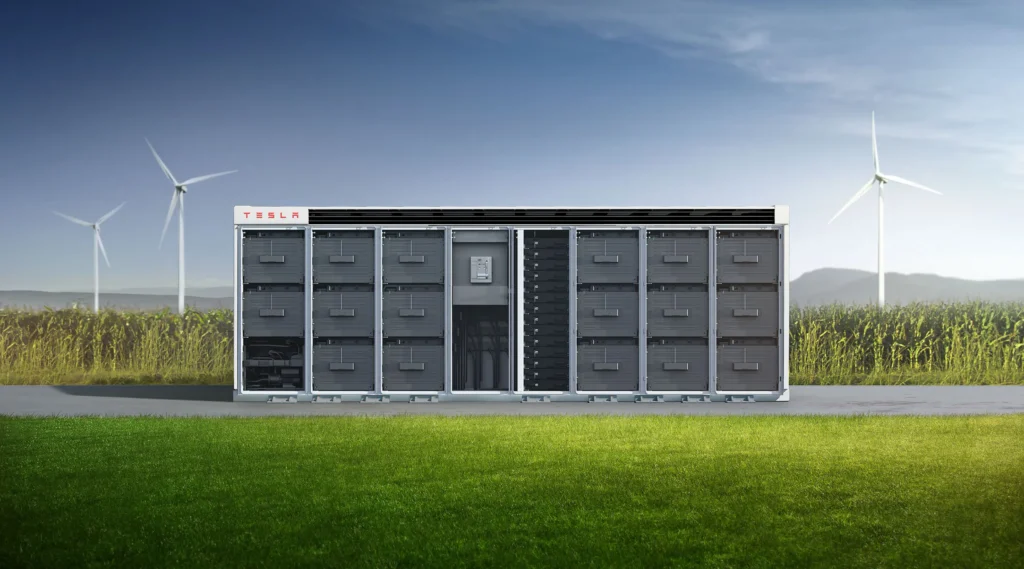The investment community is increasingly discussing whether long-term investments are relevant now. Let’s define and consider the main trends in economic and business development over the past 10 years. It is especially important to determine the degree of sustainability of the changes that have occurred against the backdrop of the coronavirus pandemic.
Let’s analyze them and answer the question of what an investor can expect in the post-coronavirus investment world. In the first part of the review, we will look at the current key trends in the development of the global economy and business.
Main trends of the last decade
We highlight several areas of global socio-economic development over the past 10 years that have had a significant impact on the investment landscape.
- Global population growth and improved well-being
- Universal digitalization
- Joint economy
- Green energy
- Wireless technologies and autonomy
- 5G communication standard and related development of Internet resources
- Global population growth and improved well-being
According to the UN, in 2018 the world population exceeded 7.5 billion people and continues to grow by 90 million people annually. The process cannot be stopped in a year, five, or ten years.
By the World Bank, the number of people living below the poverty line, that is, on less than $2 a day, fell from 36% in 1990 to 10% in 2015.
The impact of these trends on the prospects of entire sectors and individual companies is enormous. Population growth requires an increase in resources, and primarily energy. From 2009 to 2019, oil demand averaged 1.7% per year. Oil and gas companies, as beneficiaries of the trend, are showing good and steady income growth.
Increasing well-being of the population, mainly in the developing countries of the Asia-Pacific region, entails demand not only for electricity but also for technological products, services, and communications systems, medicine, education, leisure services, travel, durable goods, and luxury goods. In recent years, consumer electronics manufacturers like Apple or Samsung have benefited significantly from this trend.
They, in turn, are clients of Nvidia, AMD, Qualcomm, Intel, and so on. High-tech industries, airlines, travel businesses, medical device, and drug suppliers, and precious metals and gem manufacturers have grown and developed rapidly.
According to experts, the peak in demand for fossil fuels has not yet passed, although it is rapidly approaching and will come in the early 2020s. The IEA believes that demand will plateau by 2030. Gas is a cleaner fuel and it is too early to write it off.

Universal digitalization
The development of the electronic database in the 80s and 90s pushed information technology to rapid development. The introduction of automated computer systems increases productivity and opens up new markets. The banking sector is transforming into the financial technology industry.
During the period of digitalization, the giants like Google, Amazon, Salesforce, Autodesk appeared out of nowhere. Players such as Microsoft or Oracle have repeatedly increased their penetration and, accordingly, their capitalization. The development of artificial intelligence technologies gave a second wind to the process of “transition to digital”.
The e-commerce segment continues to grow rapidly despite its already gigantic size. In 2020, every tenth dollar spent by American consumers was spent shopping online. To call a taxi, just press a couple of Uber and Lyft buttons on your smartphone.
These passenger delivery companies are considered unprofitable, but their cost is estimated at tens of billions of dollars. There is a special term “uberization”.That is the replacement of intermediaries with a digital platform.
Information technology has changed the way we pay and communicate. Visa, Mastercard, Facebook are now an integral part of the life of most of the world’s population. IT is everywhere in our lives: from booking tickets to buying a carton of milk. Fossil fuel consumption in contrast to its growth is far from over.
Joint economy
The development of information technology, population growth, the level of well-being, and consumption have led to a new look at familiar things. This is the so-called sharing economy. The approach is led by renting, not buying a product. Subscription, not purchase of a service is on an ongoing basis.
This trend can be partially attributed to Uber or Amazon. The first thing that comes to mind is car sharing. And this is just the beginning. Another prime example of the new economy is Netflix’s streaming service. The number of paid subscribers from the end of 2011 to the present has increased 9 times, from 21.5 million to 195 million. The capitalization of companies demonstrated similar dynamics. Youtube (Google), Disney, music streaming services including Spotify and Yandex, and even Peloton are benefiting from this trend. And Airbnb will go public soon.
The sharing model has revolutionized the economics of the IT sector. One of the pioneers in the industry is AWS, Amazon’s cloud infrastructure division. Now there is no need to buy a server, an operating system entirely and forever. It is enough to pay for a subscription for the required period.
The market for cloud computing, cloud infrastructure, platforms, and cloud applications is estimated at $200-240 billion. It is expected to grow to $280 billion in 2021. And growth will not stop. The subscription model is becoming extremely popular. We will talk about it in more detail in the next part of the review.
The trend emerged mainly from the first trend described here in this review. The growth of the world’s population and the rapid growth of consumption has led first to a shortage of resources. Then to a catastrophic environmental situation that threatens global warming in several regions. The consequences can be catastrophic for civilization.
We will highlight the purchase of companies that develop, produce and improve solar panels, wind turbines, and related products, including technologies to improve energy efficiency, as the main areas of investment. These are First Solar, Jinncosolar Holdings, TPI Composites, SolarEdge Technologies, General Electric, and Tesla Energy.

Part of Tesla’s business (after the purchase of SolarCity) is the production and installation of solar panels. The company is also engaged in the production of stand-alone household energy sources (Powelwall) and industrial batteries for better use and conservation of energy generated by solar and wind power plants.
The second option for participating in this trend is the purchase of companies producing electricity and heat based on renewable energy sources (RES). These are NextEra Energy, Azure Power, Brookfield Renewable Partners.
Wireless technologies and autonomy
We are committed to the autonomy and development of a wide range of wireless technologies, making familiar devices and mechanisms flexible, autonomous, efficient, and environmentally friendly.
A serious leap took place against the background of improving batteries and reducing their cost. The cost of a lithium-ion battery has dropped from $1000 to $200 per kWh in 10 years and could drop to $100 per kWh in the coming years.
The modern world is flooded with wireless devices. This trend is rapidly developing. Wireless became: computers, smartphone charging, electric razors and toothbrushes, lawnmowers. The development of IT-technologies makes devices not only mobile but also smart. The growth of the autonomous household robot market has benefited, for example, from the growth of iRobot.
The trend can be attributed to electric vehicles, and in the future, to electric taxis. The development of trends is supported by an environmental agenda. Here we again return to Tesla and its rather extensive fleet of electric vehicles from the budget Model 3 to the futuristic Cybertrack pickup truck or the Tesla Semi tractor unit.
The development of wireless technology and device mobility leads to an increase in demand for batteries and raw materials. The batteries are manufactured by:
- CATL
- Panasonic
- LG
- Chem
- Energize
- Varta
Batteries are produced by car manufacturers themselves, for example, the Chinese BYD.
Tesla will also release its improved batteries soon. Raw materials for production, lithium, nickel, and other chemical components are produced by Albemarle, Norilsk Nickel, Livent Corporation.
5G and IoT communication standard
Last but not least, there is a trend towards the development of 5G communication standards and IoT (Internet of Things) devices. The 5G trend is just beginning. The equipment manufacturers themselves still have great investment attractiveness.
These are Nokia, Ericsson, Skyworks Solutions, Keysight Technologies. For production, they need an appropriate element base of special microcircuits and equipment for the manufacture of semiconductor devices.
This product is being handled by
- Qualcomm
- Inseego
- Atomera
- Xilinx
- Applied Materials
- Lam Research
The rise of 5G and autonomous computing is creating demand for very different types of processors. Nvidia and Intel are working on this.








